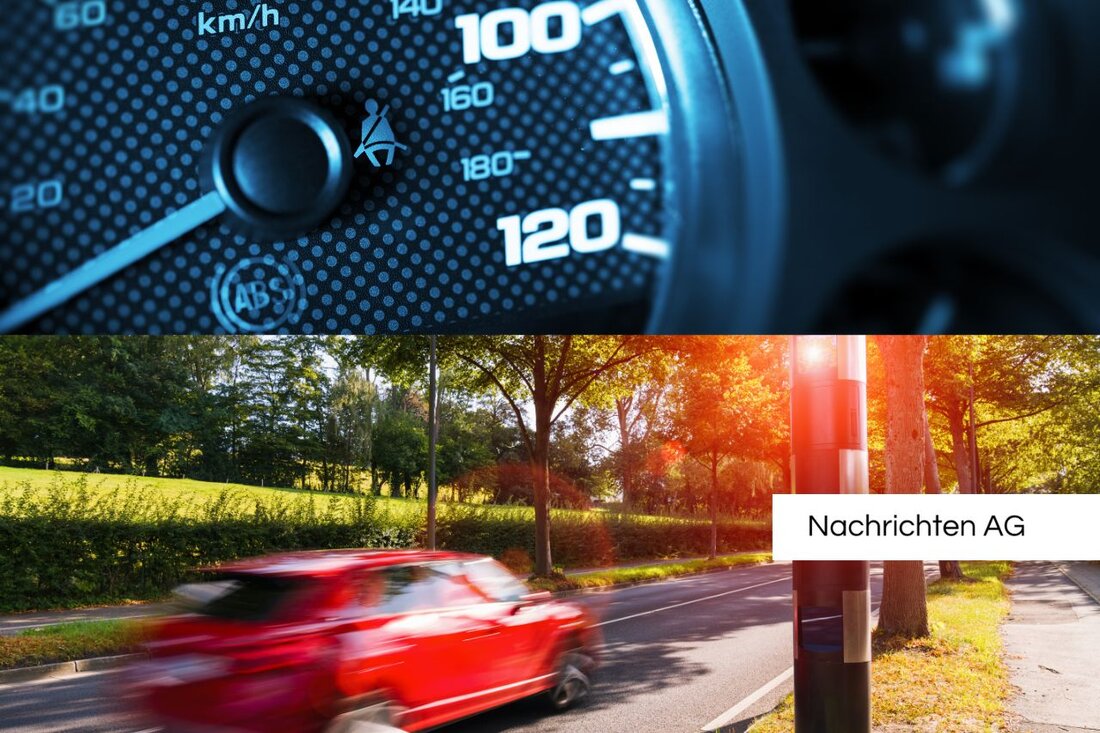Danger of lightning in Leipzig: Checks will be carried out here today!
In Gohlis-Mitte, mobile speed cameras with several speed cameras will be carried out today, October 22nd, 2025, to punish speeding.

Danger of lightning in Leipzig: Checks will be carried out here today!
Today, October 22, 2025, there will be current information about speed controls in the city in Leipzig. Yesterday, October 21, 2025, there were a particularly large number of mobile radar devices in use in Leipzig districts. Loud news.de Five mobile speed cameras were set up at different locations.
The exact distribution of speed cameras was as follows:
- Semmelweisstraße (04103 Mitte, Zentrum-Südost): Tempolimit 50 km/h, gemeldet um 18:52 Uhr
- Merseburger Straße (04177 Altwest, Altlindenau): Tempolimit 30 km/h, gemeldet um 18:47 Uhr
- Saturnstraße (04205 West, Grünau-Nord): Tempolimit 30 km/h, gemeldet um 18:32 Uhr
- Mockauer Straße (04357 Nordost, Mockau-Nord, Mockau): Tempolimit 30 km/h, gemeldet um 17:57 Uhr
- Virchowstraße (04157 Nord, Gohlis): Tempolimit 30 km/h, gemeldet um 12:58 Uhr
The importance of speed traps
Speed traps, which play an important role in traffic surveillance, measure the speed of vehicles using radar waves. Speed camera technology is not new; The first test radar measurement took place in January 1957. There are now around 4,400 permanently installed speed cameras in Germany, while mobile speed cameras are also widely used to punish speeding violations. How bussgeldkatalog.org As explained, if speeding occurs, photos of both the vehicle and the driver are taken.
The radar trap works based on the Doppler effect. Radar waves are emitted that are reflected by the vehicle. The speed is precisely calculated based on the changes in the distance between the transmitter and receiver. Regular tolerance values must be observed: at speeds up to 100 km/h a deduction of 3 km/h is granted, and at faster speeds the deduction is 3%.
Mobility and traffic monitoring
Mobile traffic monitoring not only serves to punish violations, but is also intended to increase traffic safety and contribute to traffic education. New systems such as Section Control, which measure the average speed over longer distances, are currently being tested in Germany.
The federal revenue from fines flows into infrastructure projects and traffic monitoring, which underlines the relevance of speed cameras in public spaces. The use of mobile radar devices in cities like Leipzig will continue to be of great importance in order to actively promote road safety.

 Suche
Suche
 Mein Konto
Mein Konto
